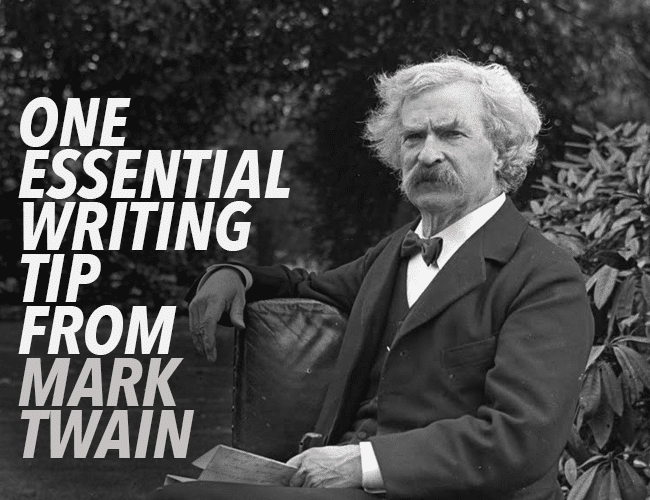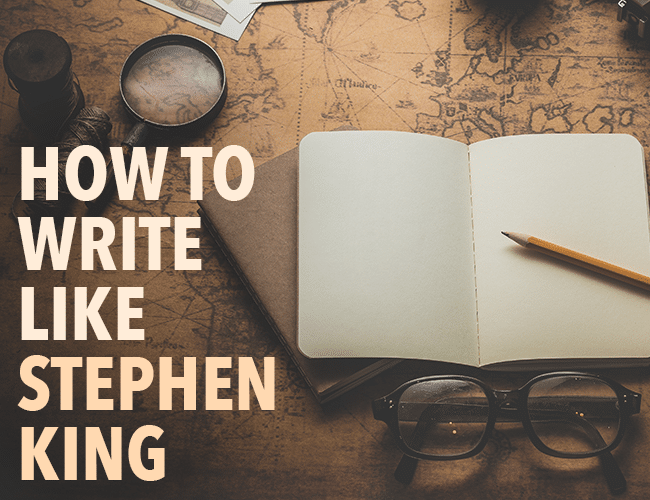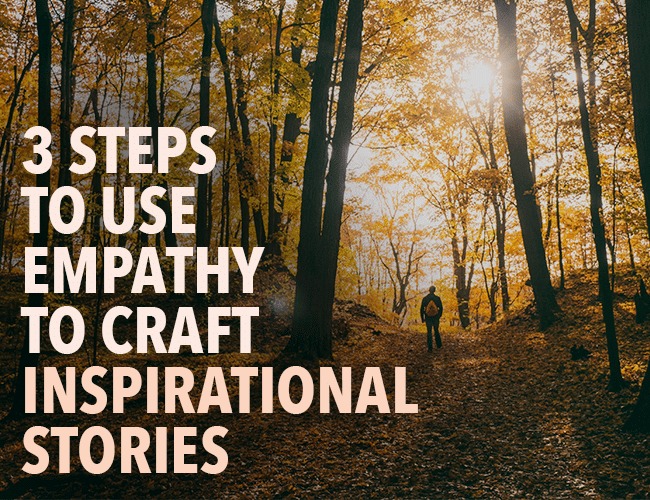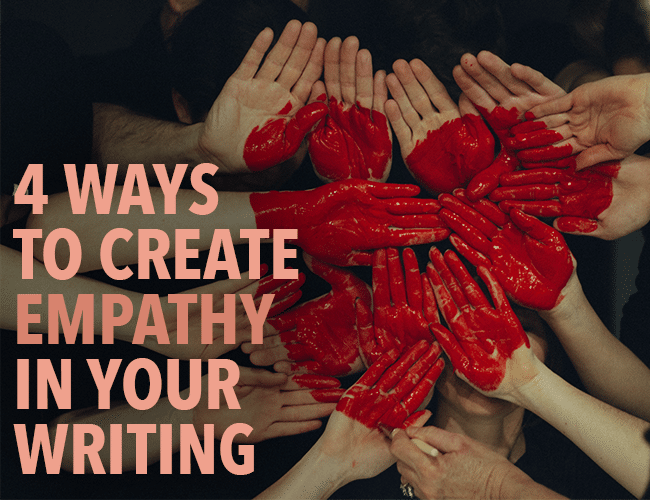
by Sue Weems |
Mark Twain is one of my favorite writers. When I read his essays last year, I came across a bit of revising gold in a 1906 essay titled “William Dean Howells.” Most of the essay praises Howells’s prose in general, but the final paragraphs address what Twain calls “stage directions.”
In a play, stage directions are only visible to the audience through the movement and actor’s inflection during the performance. In a novel, we rely on description to set scenes, give context, and deepen characterization. When done well, stage directions don’t distract from the character or action.
When done poorly, however, Twain has something to say about them.

by Monica M. Clark |
The point of this blog post is not to give you tips on how to dress.
No: Instead, it’s time to talk about the clothes your characters wear, and why that matters.

by Pamela Fernuik |
There are many ways to approach writing a story: you can interview your characters first, plot the story before you start writing, or use Stephen King’s approach, which is to start with the situation.
Do you plan your stories before you write them? Do you start with a character or a situation? Do you know where your story will end before you begin writing?
These are all valid ways to write stories. But today, perhaps you might try beginning with a situation and following a character who will lead you to the end.

by Ruthanne Reid |
There’s something appealing about a well-written villain; even though we want them to lose, we still root for them on the down-low. Today, I’m going to give you three tips to help you create the kind of villain people like to read.

by Guest Blogger |
People love to be inspired. It’s what draws us to stories of underdogs, great achievers, and even, to an extent, celebrities. We love to see how regular people just like us can succeed against all odds.
Storytellers often try to cash in on this audience appreciation for underdogs, but we can easily miss the foundational element of an underdog story: empathy. The reason the audience becomes entranced by the story of an underdog is not because underdogs are fundamentally attractive; we are entranced because we empathize with them.

by The Magic Violinist |
With the divisiveness we’ve experienced this election season, I thought we could all use an article about understanding one another. Studies have shown that reading stories allows us to be more empathetic. We learn all sorts of new things from reading and “meet” different characters we then come to understand through their thoughts and actions.
This happens naturally, but there are a few extra steps you can take to create more empathy in your writing that will not only help you understand your characters better, but will also help you to better understand the people around you.





